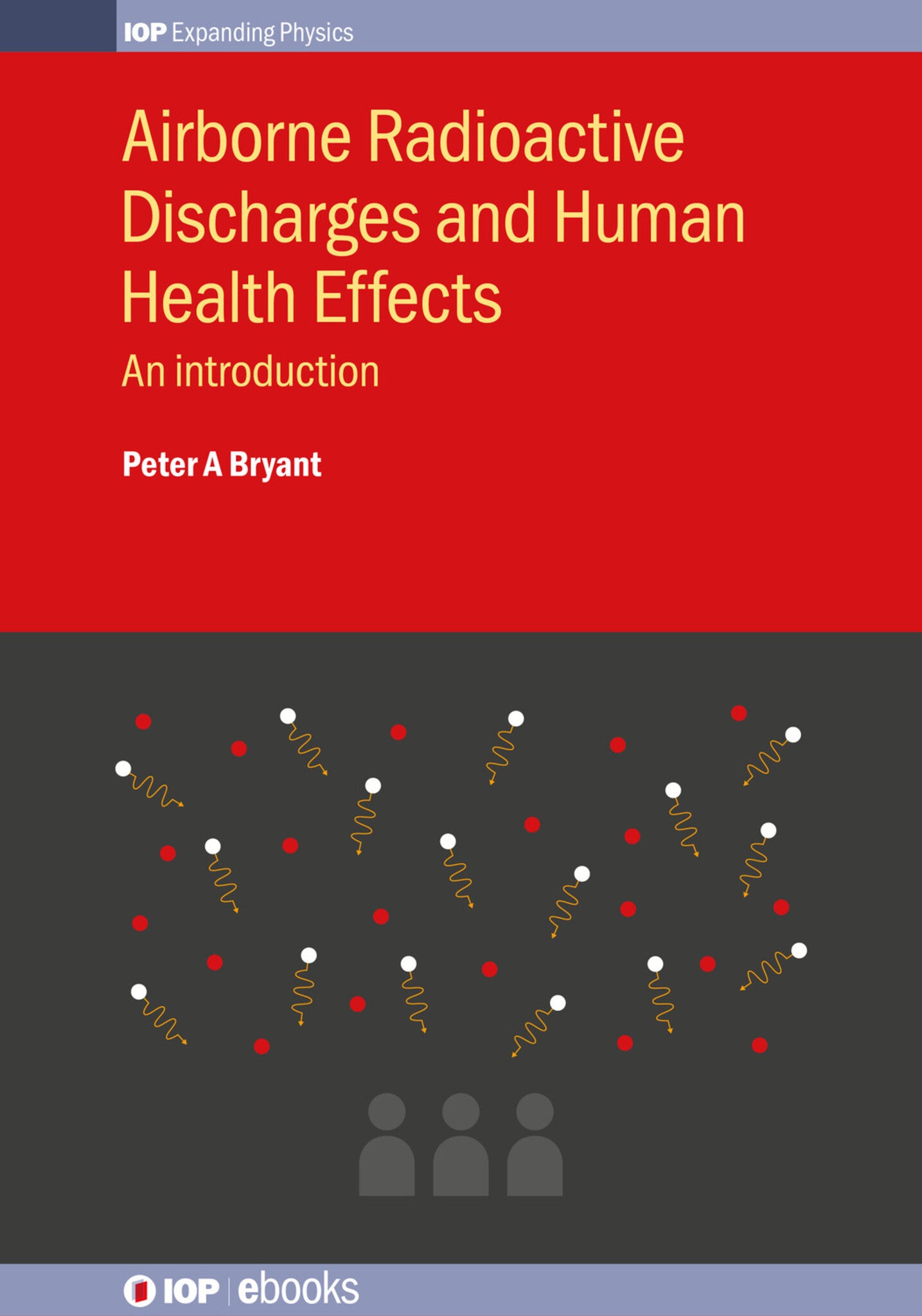We're sorry. An error has occurred
Please cancel or retry.
Airborne Radioactive Discharges and Human Health Effects

Some error occured while loading the Quick View. Please close the Quick View and try reloading the page.
Couldn't load pickup availability
- Format:
-
26 March 2019

Nuclear new build provides major opportunities for the nuclear supply chain and skilled workforce across the UK and abroad. However, the scale of the nuclear new build ambitions, coupled with increasing demand throughout the nuclear fuel cycle and the high average age of the existing qualified and experienced workforce, has heightened concerns of further skills gaps. One of the key skills gaps relates to the field of radiological protection, in particular modelling and measuring doses accrued by members of the public under both normal operational discharges and accident scenarios. This book provides an essential introduction to the basic principles of radiation protection and aerosol physics, along with an appreciation of its application to the international and UK regulatory framework. The text also discusses specific difficulties with the monitoring and the health detriment associated with the more mobile and problematic radionuclides such as tritium.

SCIENCE / Radiation, Medical physics, SCIENCE / Physics / Nuclear, Nuclear issues

Preface
1. Radiation and Physics and the Structure of Matter
2. Sources of Radioactive Discharges
3. Aerosol Physics and Dispersion Modelling
4. Exposure Pathways
5. Principles of Dose and Biological Effects of Radiation
6. Environmental Monitoring Systems
7. Radiation Detection and Measurement
8. International Legislation and Standards
9. UK Regulation and Guidance



